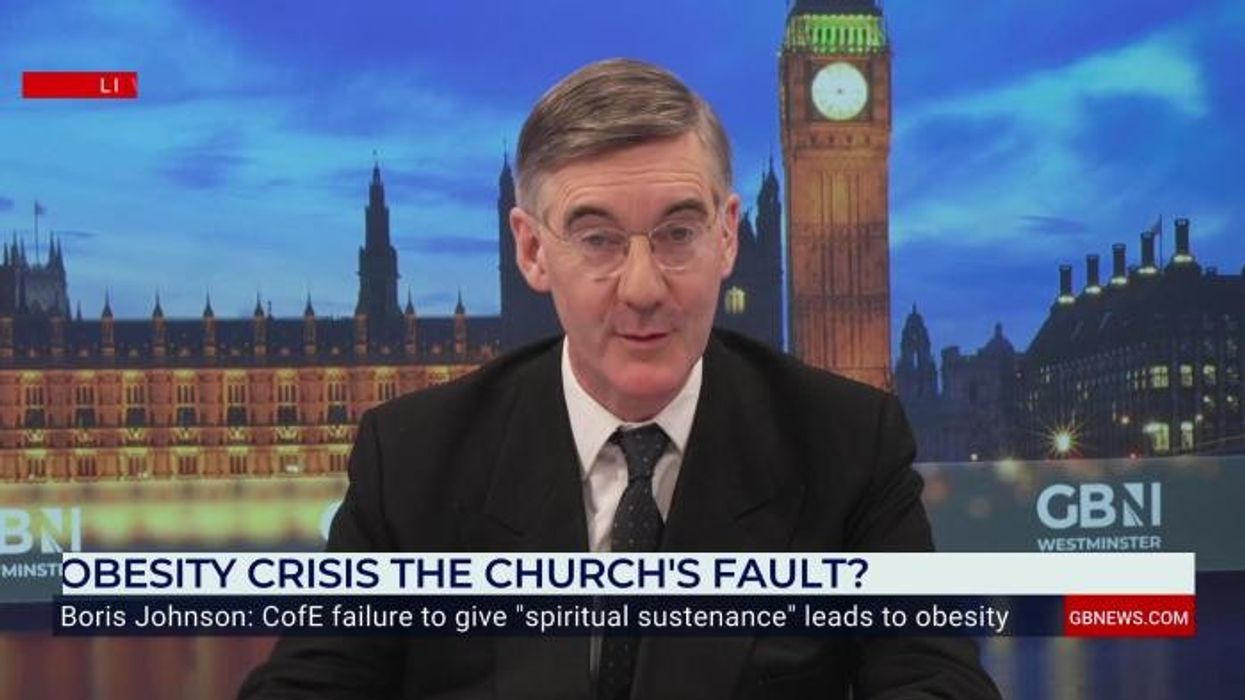What number will suffice? How high must it go? How many dead? Soon we'll count the 12 days of Christmas. What will they bring this year? Instead of gold rings and calling birds and partridges and pear trees?
When will we, a supposed civilisation, say enough is enough? There are so many numbers, it's hard to know where to start. Around the world, the number of excess deaths in the aftermath of the COVID pandemic - whatever COVID was - and the roll out of the products marketed as vaccines keeps rising, cycling ever upwards, glowing as bright red as any warning light on a car dashboard, surely declaring something somewhere as dangerously wrong.
And yet still the world carries on regardless. Barely a question asked about why so many people apparently fit and well, who should still be alive and well, are dropping down dead before their time.
We are in fact ignoring plane loads worth of extra deaths, one plane load after the other, as it were, week after week, silently falling. But no matter, apparently. Certainly not worth talking seriously about in any public forum, far less seeking and finding explanations, remedies.
The Battle of Borodino was fought between Russia and France in the September of 1812 and made a hellish heap of slain, the equivalent, according to British Canadian historian Gwynne Dyer, of a fully laden jumbo jet crashing every five minutes for eight hours.
Those are dreadful numbers to contemplate, even after all this time. More than two centuries later, historians still wonder at that carnage measurable in plane loads. And yet right now we watch our own slow motion Borodino and do nothing. A plane load worth of extra death, week in and week out, in each of many countries all over the world, over and over, month after month, year after year. Ask nothing, say nothing.
Instead, the extra thousands fall unnoticed, or at least disregarded as inconvenient truth by the authorities nominally charged with our well-being.
In England this year, excess death totals are up in all age groups, from youngest to oldest. Bigger numbers of heart failures. Bigger numbers of deaths from other heart disease, bigger numbers of strokes, bigger numbers of deaths from circulatory diseases, bigger numbers of deaths from kidney disease.
By the middle of 2023 in the UK, there were, according to the Organisation for Economic Cooperation and Development, more than 36,000 excess deaths. 36,000 people dead against normal expectations in part of a single year.
We're hardly alone in the loss. In the United States, the life insurance industry has reported a 24% increase in deaths of people aged 15 to 19 years, a 23% increase for 30 to 34 year olds, a 25% increase in 40 to 44 year olds.
By the 30th week of this year, there were more than 147,000 excess deaths recorded in America. For the sake of comparison, the official tally of the US dead after two decades of war in Vietnam was just over 58,000 dead.
Like here, the grim tally of excess deaths in the US involves bigger numbers of heart attacks in all the age groups, bigger numbers for diabetes, bigger numbers for kidney disease deaths, bigger numbers for liver disease deaths.
Like here, ask why, and the question falls on mostly deaf ears. The Society of Actuaries in the US, people in an industry where death costs money and reduces profits so that it's professionals tend to know that of which they speak, predicts the numbers of excess deaths will continue to rise in the States in the years ahead.






















































